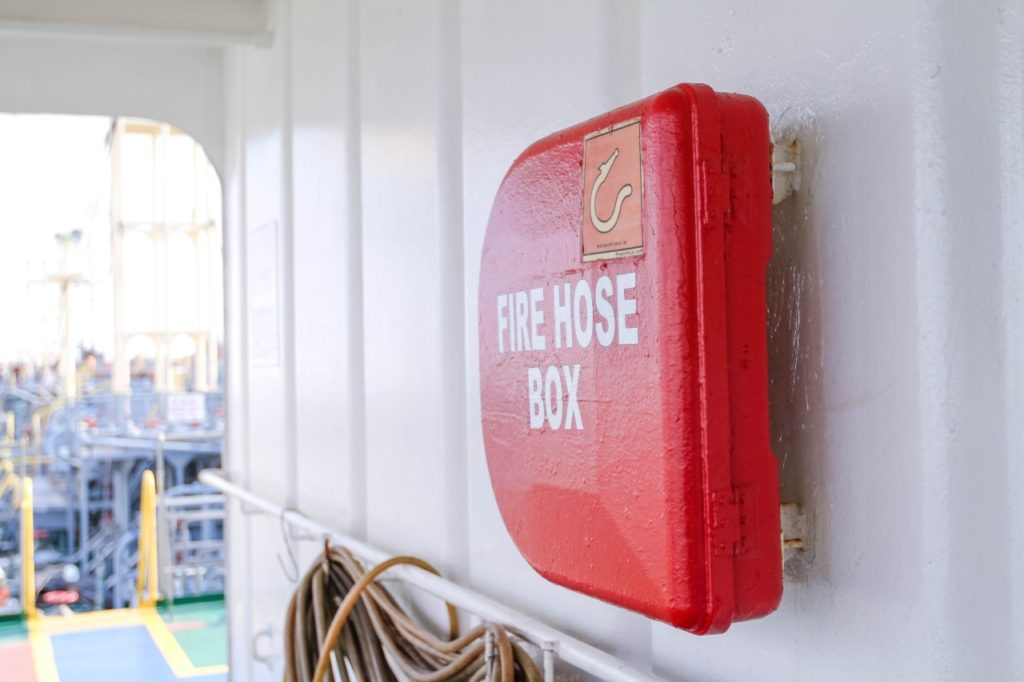Protection and suppression, and fire prevention system are intended to achieve an advanced level of fire safety for buildings and occupants. Even though these systems are principal for safety measures, many people may not figure out their differences. But, it is essential to understand how fire suppression, fire protection, and prevention solutions work in tandem to provide the most fire safety. In this article, we’ll determine what is fire prevention, apart from protection and suppression measures.
What is a fire protection system?
Essentially, a fire protection system is needed to protect people from fire and reduce the potential damage that flames can cause. Fire protection solutions work to give people more time to evacuate and minimize the cost of recovery. They are typically divided into two categories – active and passive. Active ones are designed to help fight against fire and include water and fog suppression systems, smoke detectors, and fire alarms. At the same time, passive systems should be implemented during the construction of a building. They incorporate fire-resistant materials, fire doors, extra escapes, and so on.
While many constructors don’t consider the importance of passive fire protection systems, the high safety level can be reached at the expense of working both active and passive solutions. Active fire protection systems allow people to get out of a building faster and extinguish the hazard, and passive ones don’t let a fire spread on the floors.
Fire prevention systems at a glance
Fire prevention measures help to minimize the potential risk of fire appearing in the building. Using professional terms, this risk is called a fire load – it is a possible hazard in a building. Fire prevention systems are needed to implement actions to prevent the hazard from occurring, like being careful with ignition points or storing the combustible materials properly. Herewith, we can’t be 100% sure that a building is not at risk of fire.
Fire prevention and protection should work in combination since the prevention systems are all about reducing the chance of fire and timely revealing the fire if it happens, while protection is great to start to extinguish a hazard to minimize the potential damage. Keep in mind that fire prevention measures will act effectively only with high-quality fire protection systems.
What you need to know about fire suppression solution
Fire suppression systems focus mainly on extinguishing the fire by using different agents. Generally, these systems don’t use water to suppress a hazard. The substances used by fire suppression solutions usually are inert gases, carbon dioxide, and many others. The goal is to fight a fire effectively in specific environments where water won’t be suitable. They may include rooms with electronics, museums, etc.
Fire suppression systems complete the whole process of fighting with occurring fire. Now, we can determine three essential stages for fire safety – prevention measures that help reduce the potential risk of hazards, fire protection systems needed to minimize the damage from flames and evacuate occupants, and suppression solutions that work great for extinguishing the fire.
